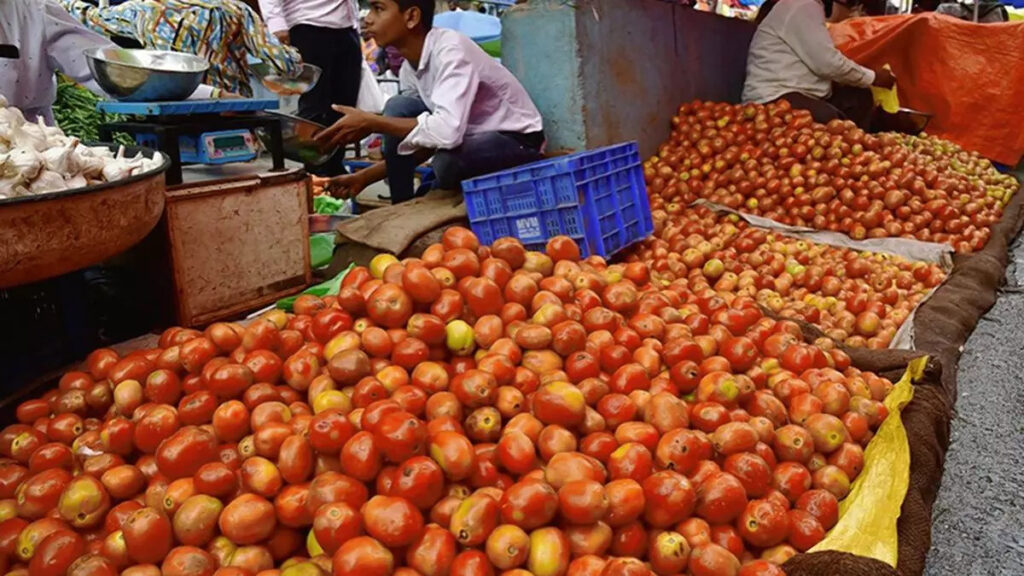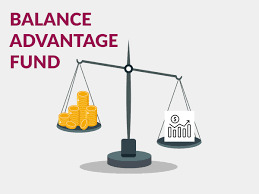
According to data issued on Tuesday by the Ministry of Statistics and Programme Implementation, retail inflation in India decreased by 61 basis points from the 15-month high of 7.44 percent in July to 6.83 percent in the month of August. Vegetable prices were mostly in charge of this, with some moderation in the cost of rent, clothing, footwear, and other non-essential purchases as well.
This is the fourth consecutive month that inflation readings have exceeded the RBI’s upper tolerance limit. The RBI is required to keep retail inflation between 2 and 6 percent, and although spending most of the 2022–23 fiscal year above the upper limit, inflation was within the comfort range for the central bank this fiscal year until June, when it was 4.87 percent.
The food basket, which makes up about half of the total consumer price basket, saw a decrease in CPI-based inflation to 9.94% from 11.51% the previous month. Vegetable basket inflation in August was 26.14 percent, spice basket inflation was 23.19 percent, pulse basket inflation was 13.04 percent, cereal basket inflation was 11.85 percent, and fruit basket inflation was 4.05 percent. Housing inflation was 4.38 percent, fuel and light inflation was 4.31 percent, and the inflation rate for apparel and footwear was 5.15 percent.
About 54% of the total CPI is contributed by the food and beverage sector.
When the RBI MPC decided to maintain the key policy repo rate at 6.5 percent earlier in August, RBI Governor Shaktikanta Das stated that a significant rise in headline inflation would take place soon.
According to the governor of the RBI, the headline inflation rate moderated to 4.6% in Q1 2023–2024, which was consistent with the predictions made at the June MPC meeting. “Food inflation increased, causing the headline inflation rate to rise to 4.8% in June. Positively, core inflation, which measures inflation excluding food and fuel, has decreased from its most recent peak in January 2023 by more than 100 basis points. Food inflation has been highlighted in July, particularly because of vegetables. The spike in tomato prices, he had noted, as well as the continued price increases for grains and pulses, had all contributed to this, and as a result, there would be a significant rise in headline inflation.
![]()




